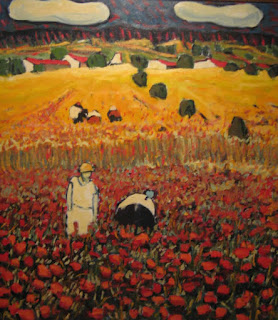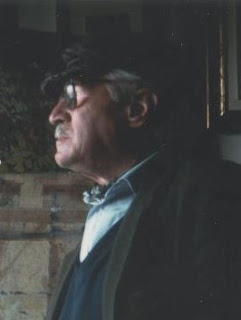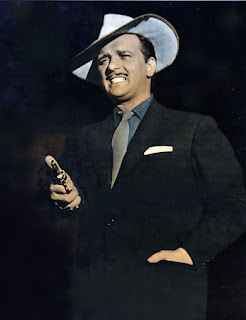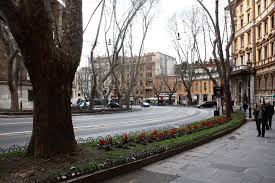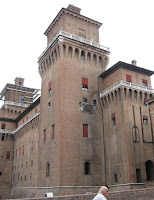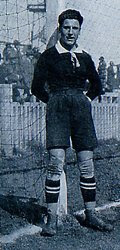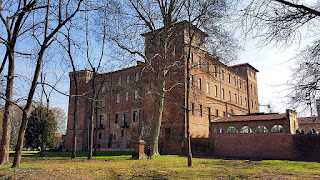Brilliant professor who won top award in his field at just 34
 |
| Enrico Bombieri is one of the world's leading mathematicians |
Bombieri, who is also an accomplished painter, won the Fields Medal, an international award for outstanding discoveries in mathematics regarded in the field of mathematical sciences as equivalent to a Nobel Prize, when he was a 34-year-old professor at the University of Pisa in 1974.
As well as analytic number theory, he has become renowned for his expertise in other areas of highly advanced mathematics including algebraic geometry, univalent functions, theory of several complex variables, partial differential equations of minimal surfaces, and the theory of finite groups.
Mathematics textbooks now refer to several discoveries named after him in his own right or with fellow researchers, including the Bombieri-Lang conjecture, the Bombieri norm and the Bombieri–Vinogradov theorem.
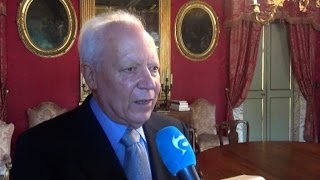 |
| Enrico Bombieri read his first book of algebra when he was eight and wrote his first scholarly article when he was 17 |
According to colleagues, his analytical ability, combined with great powers of innovation, enable him to recognize elements of a solution that may already be present and to apply techniques and results from other fields to reach a final conclusion.
The fourth child and only son of a banker in Milan, Bombieri is said to have read his first algebra book at the age of eight.
He became more seriously interested in maths began at high school when, as a 15-year-old student, he picked up a book on number theory that introduced him to the great 19th century German mathematician Bernhard Riemann. He developed a fascination with numbers that never left him.
He published his first scholarly article in 1957, while still only 16 years old. In 1963, aged 22, he graduated in mathematics at the University of Milan and then studied at Trinity College, Cambridge.
 |
| Enrico Bombieri emigrated to the United States in 1977 |
From Pisa he emigrated in 1977 to the United States, where he became a professor at the School of Mathematics at the Institute for Advanced Study in Princeton, New Jersey. In 2011 he became professor emeritus.
Bombieri has always been keen to disprove the notion that mathematicians are by nature single-focused nerds with no interests beyond their own field.
As a young man, he was a student of Alpine botany, in particular wild orchids, and has become an accomplished painter.
He experimented with pencil drawings and water colours at a young age and throughout his academic life has always carried paints and brushes with him on his travels.
He began to take his art more seriously after moving to the United States, enrolling to study study painting and printmaking at Mercer County Community College at West Windsor, New Jersey.
Bombieri paints people, animals and landscapes. His paintings are described as often surreal or intentionally ambiguous, although he also accepts commissions for portraits.
One work he is said to have been particularly proud of depicts a giant chessboard by a lake, with pieces placed to represent a critical point in the historic match between world champion Garry Kasparov and the chess-playing computer, Deep Blue.
Bombieri himself was a member of the Cambridge University chess team during his time at Trinity College.
 |
| The cloister at the main building of the University of Milan, founded in 1924 after the merger of other institutions |
The University of Milan was founded in 1924 from the merger of the Accademia Scientifico-Letteraria (Scientific-Literary Academy)and the Istituti Clinici di Perfezionamento (Clinical Specialisation Institutes), established in 1906. By 1928, the University already had the fourth-highest number of enrolled students in Italy, after Naples, Rome and Padua. Its premises are located primarily in Città Studi, the university district which was developed from 1915 onwards to the northeast of the city centre, although there are other buildings around the city that are now part of the University. The streets of the Città Studi area are notable for bars, pizza restaurants and ice cream shops.
| There is much more to historic Pisa than the Campo dei Miracoli and the Leaning Tower |
Many visitors to Pisa confine themselves to the Campo dei Miracoli, where the attractions are the famous Leaning Tower, the handsome Romanesque cathedral and its impressive baptistry. But there is much more to Pisa. The University of Pisa, founded in 1343, now has elite status, rivalling Rome’s Sapienza University as the best in Italy, and a student population of around 50,000 makes for a vibrant cafe and bar scene. There is also much to see in the way of Romanesque buildings, Gothic churches and Renaissance piazzas.
More reading:
Einstein's favourite mathematician
Salvador Luria - Nobel Prize-winning microbiologist
Grazia Deledda - the first Italian woman to win a Nobel Prize
Also on this day:
1908: The birth of businessman and hotelier Charles Forte
1949: The birth of politician and businesswoman Letizia Moratti
1963: The death of opera singer Amelita Galli-Curci
Home




